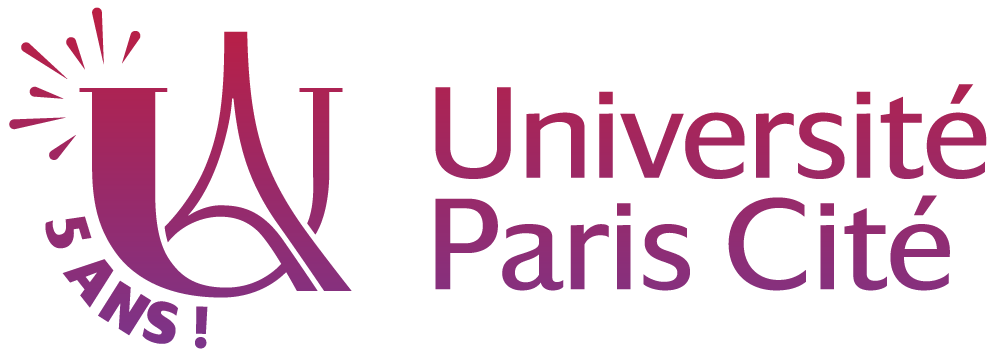First assessment of the Mayobs15 campaign to monitor the activity of the Mayotte volcano
In order to better understand and observe the seismo-volcanic phenomenon that has been affecting Mayotte since May 2018, a new oceanographic campaign has just taken place from October 1st to 26th, 2020, as part of the actions led by the public authorities under the coordination of the interministerial delegation for overseas major risks (DIRMOM).

Publication date: 29/10/2020
Observatories, Press, Research
Related observatories : Volcanological and Seismological Monitoring Network of Mayotte (REVOSIMA)
Related themes : Natural Hazards









